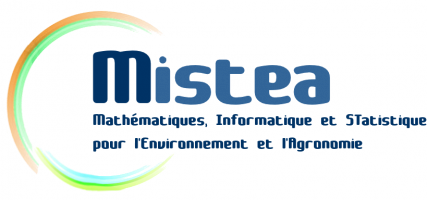GPCRautomodel automates the homology modeling of mammalian receptors, particularly olfactory receptors (ORs), based on solved three-dimensional (3D) structures of G Protein-Coupled Receptors (GPCRs). In addition, it performs the docking of small ligands such as odorants within these models, eventually using the concept of colony energy to score the complexes.
G-protein-coupled receptors (GPCRs) form the largest class of membrane proteins and represents the largest gene family, accounting for 3 to 5% of the mammalian genome. They are key components of several cellular response mechanisms to environmental signals. The first experimental three-dimensional (3D) structure, the bovine rhodopsin, was solved in 2000. Since then, our knowledge about GPCR structures has expanded with the release of more than thirty new 3D structures. However, olfactory receptor structures are still missing calling for the use of homology modeling techniques. GPCRautomodel aims at narrowing the gap between known structures and receptors of interest to the biologists. Its primary focus is the high-throughput modeling of GPCR proteins and the subsequent docking of putative ligands. The current version of GPCR automodel can potentially be employed to model any GPCR and its interaction with a molecule of interest for the user. The results are displayed in a user friendly web interface. Its update is currently in progress and should be released soon.





